#urban design
Text

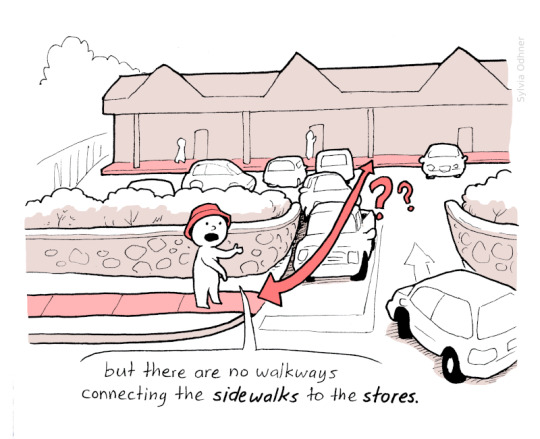
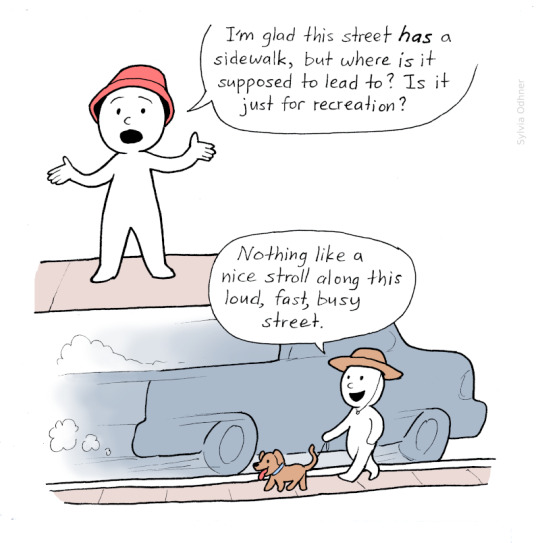
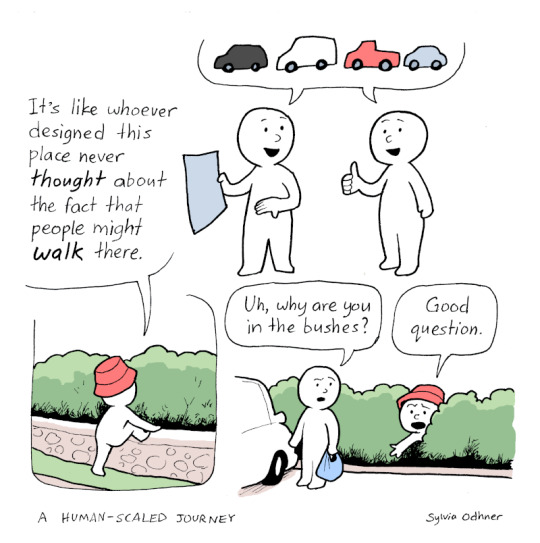
The Shopping Center Disconnect
29K notes
·
View notes
Text


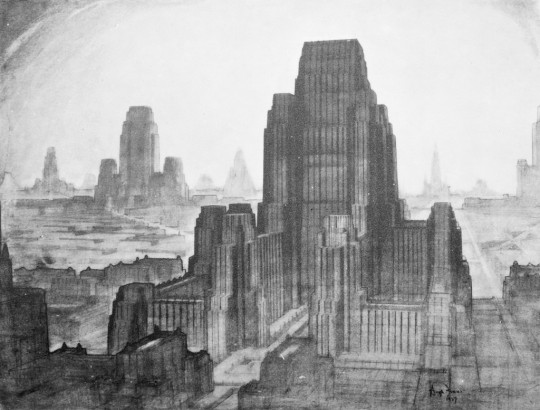


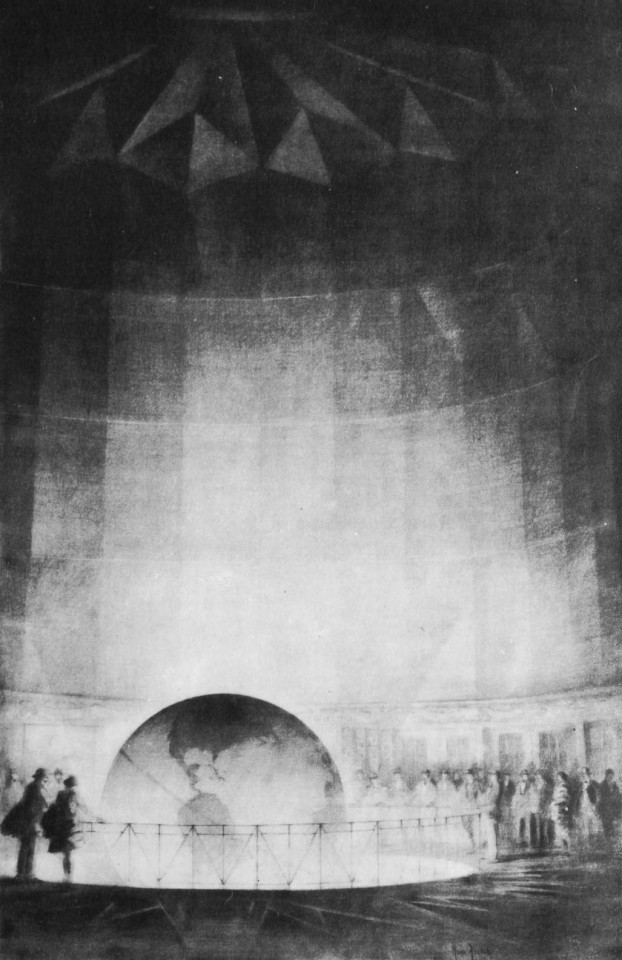



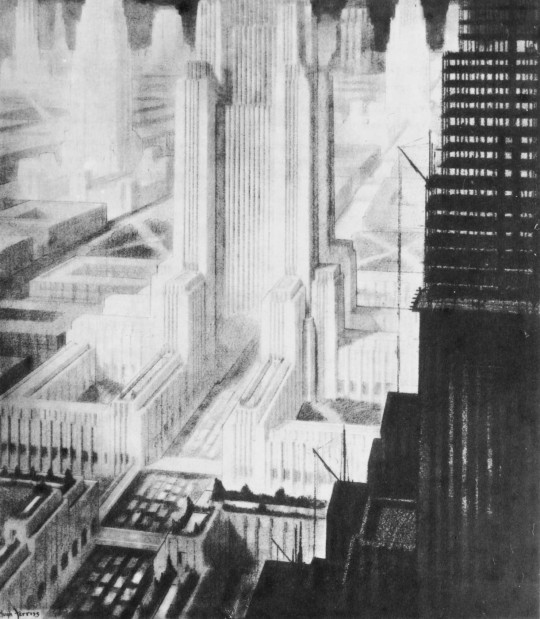






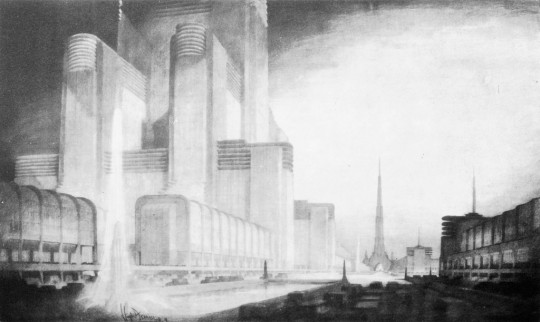





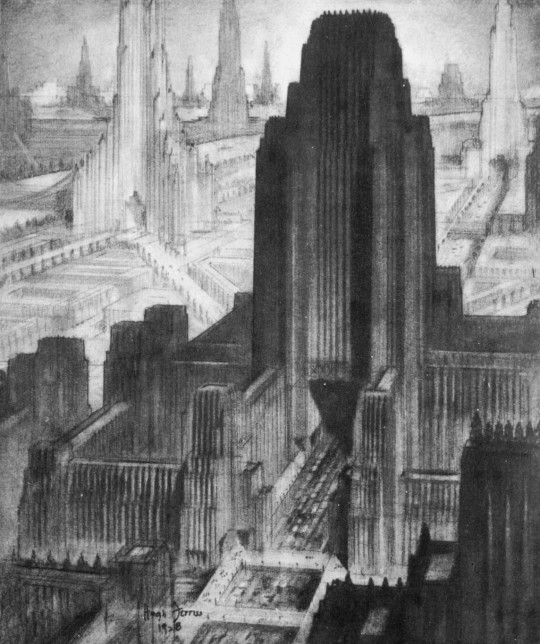

The Metropolis of Tomorrow - art by Hugh Ferriss (1929)
#hugh ferriss#the metropolis of tomorrow#retro futurism#modernist architecture#20s sci-fi art#urban design#architects#1920#1929
2K notes
·
View notes
Text
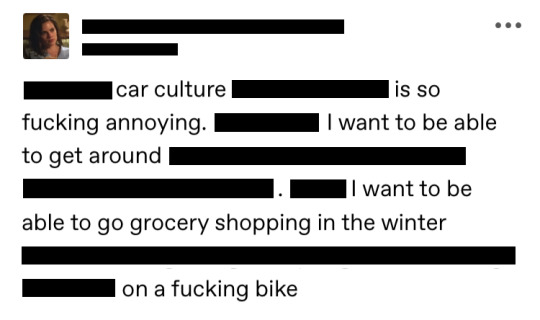
car culture is so fucking annoying.
#fixingbadposts#fixing-bad-posts#blackout poetry#walkable cities#walkability#city planning#urban planning#urban design#miscellaneous
3K notes
·
View notes
Text







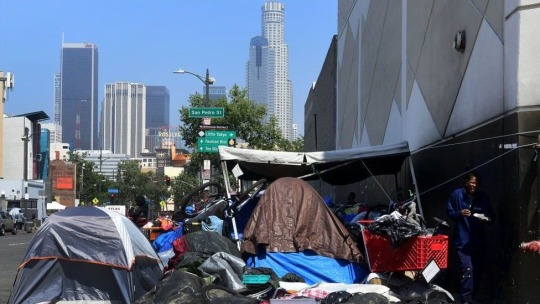


#4th of july#america#usa#transit#roads#car culture#political#multipost#urban planning#car dependency#not just bikes#moodboard#usa moodboard#american dream#urbanism#urban design#bike lanes
21K notes
·
View notes
Text
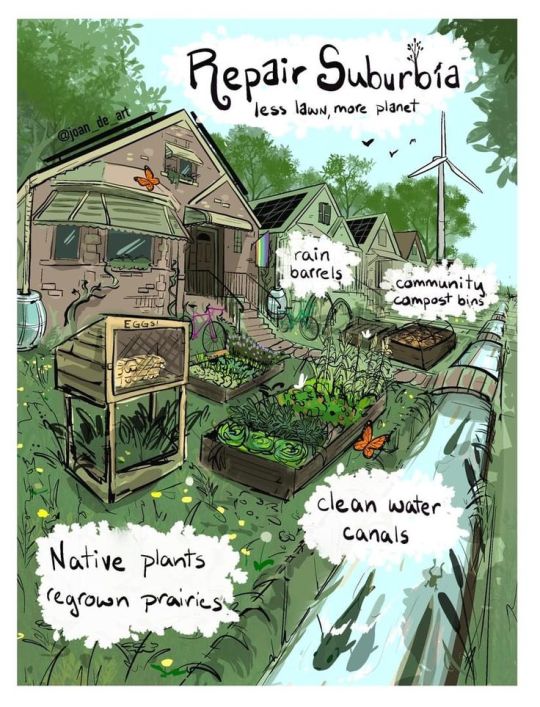
Little vision for a more beautiful, sustainable, tactile future.
1K notes
·
View notes
Text

Galia (L419) table lamp by Michael Red for Vistosi, c. 1974
#urban design#aesthetic#minimalist#minimal#street fashion#streetstyle#style#high fashion#street wear#streetfashion#furnituredesign#furniture#lamp#light#beige aesthetic#minimal aesthetic#aestethic#croyl
920 notes
·
View notes
Text
Since yall went so wild over those solar farms here some more--

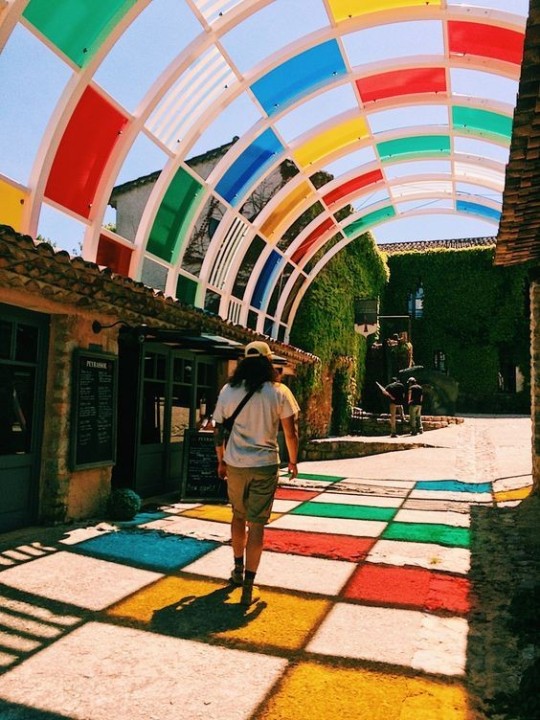

^^some theoretical usage of colorful solar glass

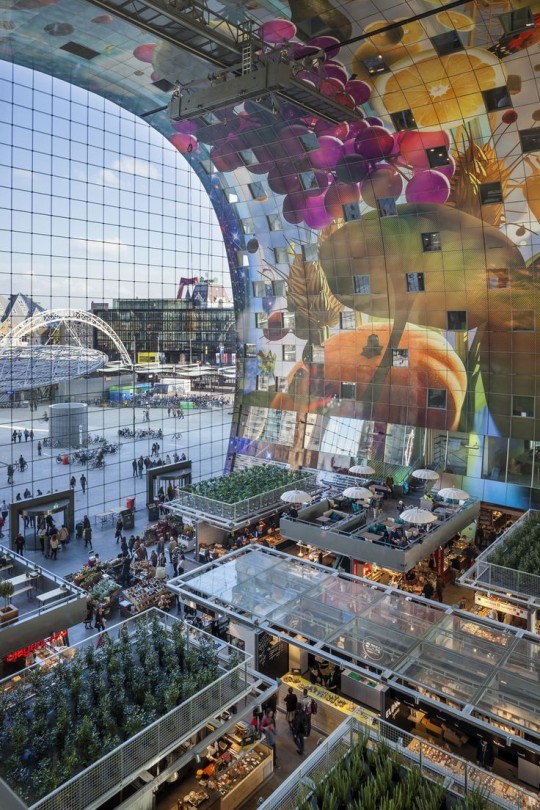
^^Here's some as artwork


^^ some canopy ideas for over plazas/markets
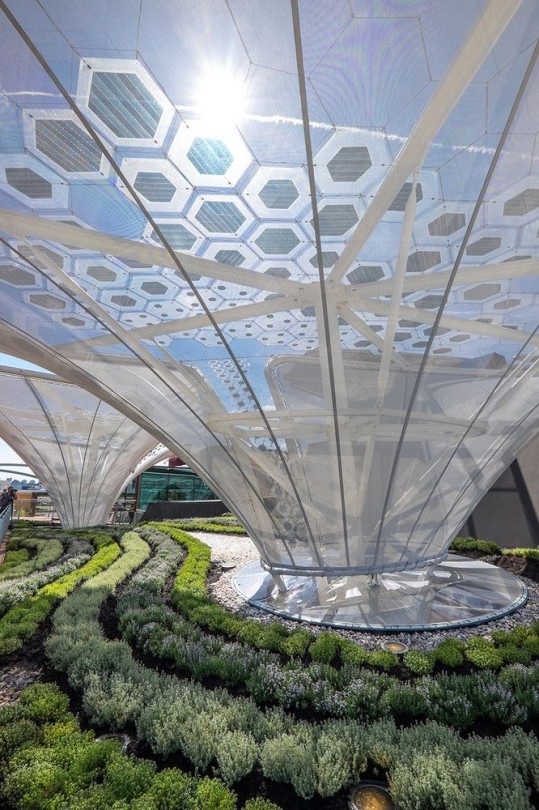

^^And some hybrid Solar/water catching structures as well
2K notes
·
View notes
Text
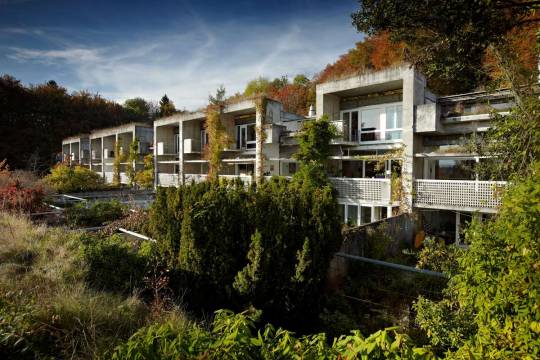

Siedlung Halen, Atelier 5, 1961
“More than 50 years on, it’s one of the most successful housing estates in existence“
PARKOUR HALENSIEDLUNG (2007), SIEDLUNG HALEN (2010)
These videos offer two perspectives on the iconic Halen development - one looks at history and design detail, while in the other its massing, human scale, and playfulness are demonstrated through parkour.
The 79-home Swiss project was designed by 5 young architects on a forested site overlooking a river, 15 minutes cycle ride from Bern. The land had been intended for their own houses, until costs necessitated a higher density. Communal facilities such as the swimming pool, playground and community hall have shared ownership, and the internal streets are pedestrianised. For additional reading, this feature in Monocle (quoted above) includes short profiles of some of the residents. They reflect the fact that the buildings, arranged on a slope with high walls between gardens, seem to have found a sweet spot between community and privacy. As one resident says: “You can sunbathe on the top floor balcony as God intended without anyone seeing.”
Perhaps part of Halen's success lies in how well it resolves two areas of tension in our relationship to spaces. Firstly the public/private balance, something like what Le Corbusier referred to as "silence, solitude, but also daily contact with mortals.” And secondly, Prospect Refuge theory, in which we crave immersion within nature, but also shelter from it - a view of the surrounding landscape, but also a feeling of enclosure and protection.
428 notes
·
View notes
Text
I am extremely not going to dignify that 'walkable cities ARE ableist actually' post which has crossed my dash with a reblog, but four things to keep in mind:
'Walkable cities' is almost always a shorthand for 'cities which deprioritise cars as a mode of transport and make it possible and enjoyable to travel by other modes instead', rather than a call for everybody to walk and only walk everywhere all of the time. We live in a golden age of micromobility options, for starters. And when most people do not need to use cars, it will be much easier for people who do.
Advocacy for walkable cities and active transport often does slide right into ableism and fatphobia and this needs to be directly challenged whenever it appears (as someone who has been a cycle commuter my whole adult life and overweight for all but five minutes of my whole adult life, if I never hear "if everybody cycled we would solve the '''obesity epidemic'''!!!" again...)
AT THE SAME TIME, while this will change in degree from place to place, the Venn diagram between 'people who advocate for walkable cities' and 'people who advocate for accessible cities' has a significant degree of overlap. There's probably at least one car-centric conservative out there who genuinely advocates for accessibility by the law of averages, but it's neither a coherent nor common position. Walkability IS a form of accessibility. It is not accessibility for everybody but no single kind of accessibility is, which is why we need cities with MULTIPLE kinds.
Therefore, as with goddamn near everything in life, if you actually want to see more accessible cities...advocate for more accessible cities, and what that means for you. Going 'but there are some people who will always need cars therefore walkable cities is ableist' does exactly nothing except turn people off the idea of change. Say what you want to see. Be specific. Imagine better futures.
TL;DR - cui bono when we lock ourselves into "cars vs walkability"? you guessed it - people who benefit from the (observably harmful) car-prioritising status quo. so is this assertion always a cynical psy-op? No. Does it function as one in practice? fuck yes. be smarter.
3K notes
·
View notes
Text


bonsai city
#haikyo#liminal vibes#liminal aesthetic#liminalcore#dream aesthetic#dreampunk#urban design#future city#installation art
650 notes
·
View notes
Text

#urban decay#urbex#urban photography#urbanism#urbanphotography#urban exploration#urban design#fantasy#apocalypse#apocalyptic#dystopia#dystopian#postapocalypse#postapo#postapocalyptic#postapoc#wasteland#wastelands#ruins#remnants#abandoned#blockbuster#graffiti#biohazard#scifi#art#fallout#preppers#doomsday#postnuclear
666 notes
·
View notes
Text

If Amtrak was as great as it used to be today I could be happy but not like this
Side note. Instead of "cog in the wheel" we should start saying "car on the highway". For funsies
#amtrak#trains#passenger train#rail network#urban design#public transportation#fuck cars#urbanism#stroadkillart
510 notes
·
View notes
Text
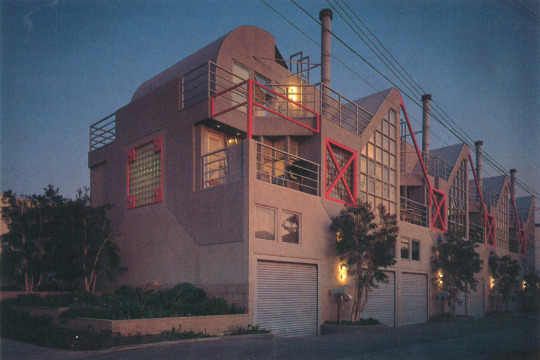
Santa Monica condominiums, 1986.
Scan
530 notes
·
View notes
Photo

demolition of pruitt-igoe apartments, 1972
1K notes
·
View notes
Text
I can't remember if i posted this one before.
153 notes
·
View notes
Text
This is an excellent article on a sad topic: pedestrian deaths are rising.
QUOTE:
"Nationwide, the suburbanization of poverty in the 21st century has meant that more lower-income Americans who rely on shift work or public transit have moved to communities built around the deadliest kinds of roads: those with multiple lanes and higher speed limits but few crosswalks or sidewalks. The rise in pedestrian fatalities has been most pronounced on these arterials, which can combine highway speeds with the cross traffic of more local roads."
In the suburbs of Atlanta (and other metros) and in the city, these wide arterial roads are deadly for walking. Meanwhile, the most walkable places in the city are increasingly unaffordable.
It's obvious that we need a massive shift on a huge scale when it comes to the walkability of our built environments, and in the equitability of access to pedestrian safety.
It will take many steps, big and small, in our policies and investments in order to get there. Some of those small steps will need to happen on your street, and in your neighborhood. Please support them and please speak up when others don't.
#urbanism#urban planning#city planning#urban design#walkable cities#pedestrian deaths#pedestrian safety#urbanismo#urbanisme
127 notes
·
View notes